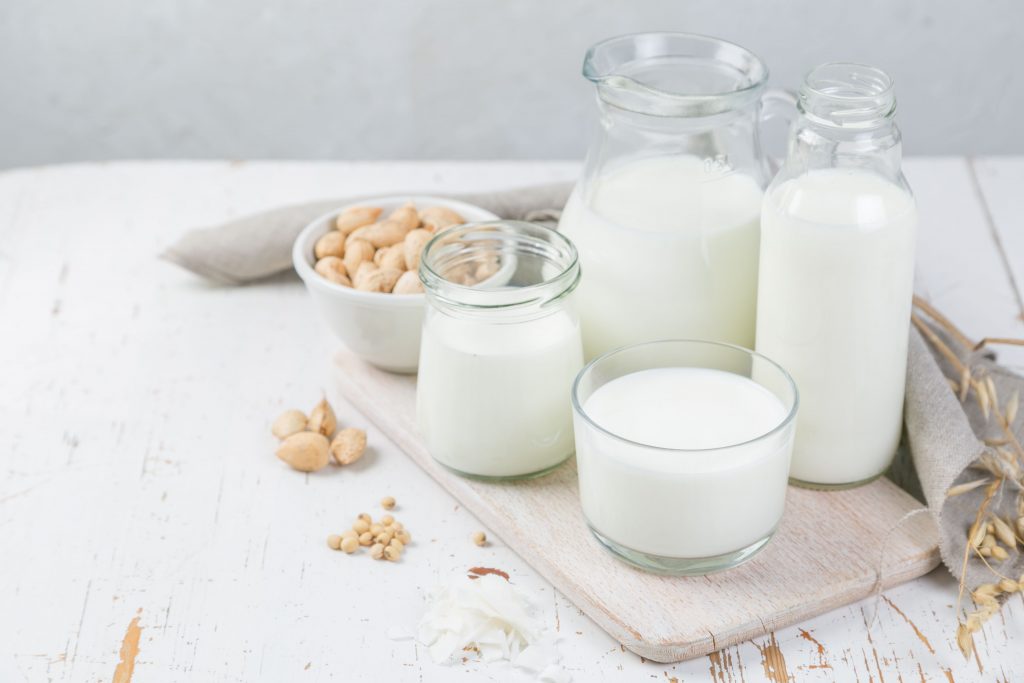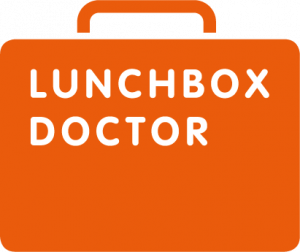
Dairy Free Living
Over the many years I have worked with clients I have proposed a dairy free diet on numerous occasions. Years ago, the concept of a dairy free diet would have been difficult to fathom. Today, it has never been easier. In 2020 you can easily find coconut and almond milk-based yogurt in supermarkets, vegan desserts on restaurant menus and oat-milk cappuccinos at your local coffee shop.
Almost a quarter of us are now choosing plant-based milk alternatives. The range is vast; from pea-based options to oat and from almond-based options to coconut.
What’s wrong with dairy?
Some people can’t eat dairy. It may be that that they’re lactose intolerant. That means they simply do not produce the enzyme lactase or at least not in sufficient amounts to properly digest lactose. Most people who have a lactase insufficiency can manage well on a low or no lactose diet. Some also benefit from supplementation with the enzyme lactase.
For others, the problem with milk is so serious that it could kill them. An allergy to milk can leave you wheezing, vomiting, suffering from eczema and in some cases anaphylaxis. Milk is the most common food allergy in babies and young children, but many grow out of it. If you think this may be an issue for your child it is best to seek immediate advice from a GP and ensure that if you are going to cut out dairy then vitamin D and calcium are supplemented or included in the diet in the form of other foods.
What’s wrong with plant-based milks?
The first thing to consider is that plant-based milks behave differently when being used in drinks and meals that involve heating, and whisking. For example, they’re prone to splitting when heated as in when making a sauce. If you’re looking for the same frothy milk consistency that you get with milky coffee such as a cappuccino then you will need to find a barista style plant-based milk.
Secondly, from a nutrition perspective plant-based milks and yogurts tend to offer less calcium, protein and vitamin D as well as smaller amounts of other micronutrients. Some brands have cottoned on to this and have fortified their products. That still won’t get around the issue of low protein levels but it’s fairly straight-forward to up the protein in your diet in other areas.
Eating a varied dairy free diet.
With so many products on the market now for those who are dairy free or lactose free (or even low lactose) it’s easier than ever to follow a free from diet. You needn’t miss out on textures and flavours similar to the dairy alternative but equally you may not wish to replicate those foods that come in a naturally dairy form. However, if you want the most nutritious dairy free diet then it is best to consider the macronutrients and micronutrients that would otherwise be offered by dairy foods and where to find them in other places:
Protein – yoghurt, cheese and milk are some of the main sources of protein in the average diet. Protein is vital for muscle growth, cell repair and metabolic regulation. It is particularly important for teenagers and the elderly to support growth and limit muscle degradation. Try adding into your diet meat, fish and eggs. However, if you’re following a vegan or vegetarian diet things get a little trickier, but with a few tweaks here and there it’s easily done. Legumes such as beans, peas, lentils and fermented soy products such as natto and tempeh are terrific sources of protein that can be added to salads, into stews and eaten in curries. Also be sure to include protein-rich grains such as quinoa, brown rice and oats into your diet as well.
Other nutrients offered by dairy and where to find them in non-dairy foods:
- Vitamin A – pumpkin seeds, fish and beans, as well as beta-carotene rich apricots, sweet potato, melon and butternut squash
- Riboflavin – Wholegrains, poultry
- Vitamin D – oily fish, eggs (some foods and drinks are fortified with vitamin D)
- Pantothenic acid – legumes, fresh vegetables, mushrooms, rye crispbreads/breads
- Calcium – canned fish with bones, molasses, dark green leafy veg, root veg, lentils
- Vitamin B12 – fish, meat, eggs, nutritional yeast flakes (vegan) (some foods and drinks are fortified with vitamin B12)

It sounds like if you don’t have any health risk from eating dairy then it is best for you to have dairy instead of the alternatives that are nutritionally not at par?
If you are suited to eating dairy foods then they can provide an easy way to include lots of nutrients in your diet. Many people are not suited to eating and drinking dairy products for a multitude of reasons. Those who fall into that category simply need to ensure they meet their nutritional demands through other foods rather than trying to replace like with plant-based like.